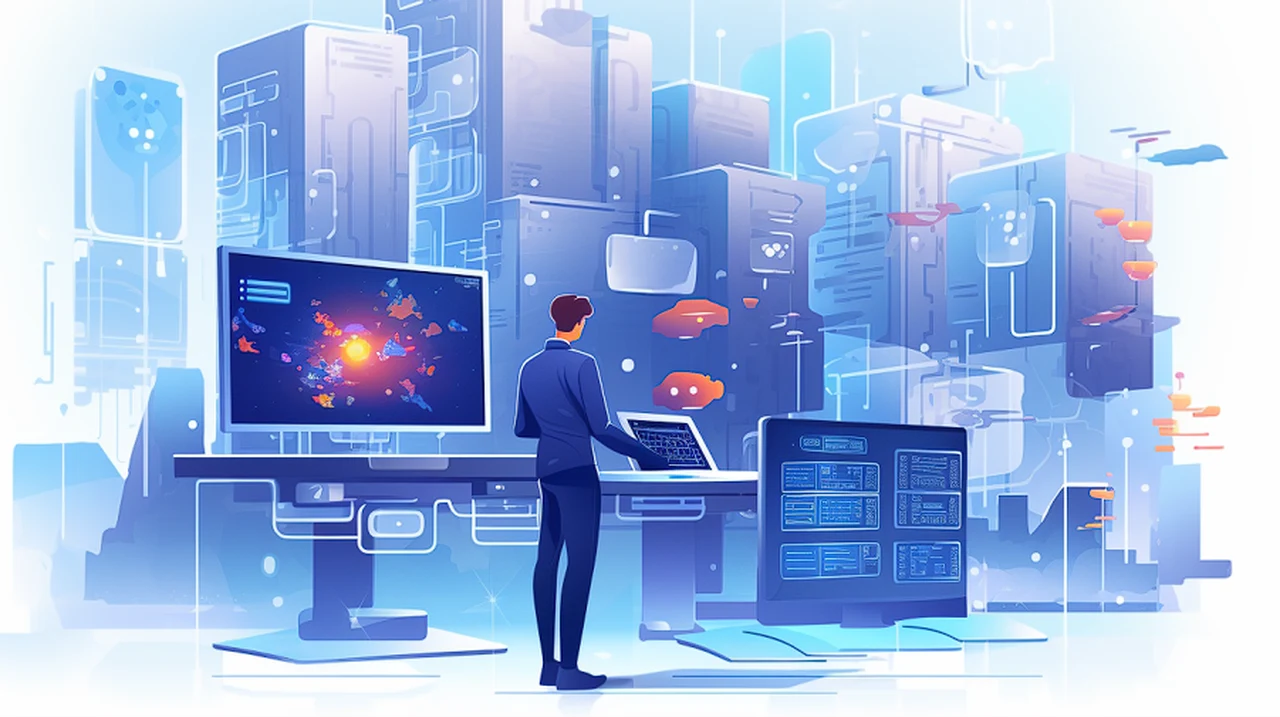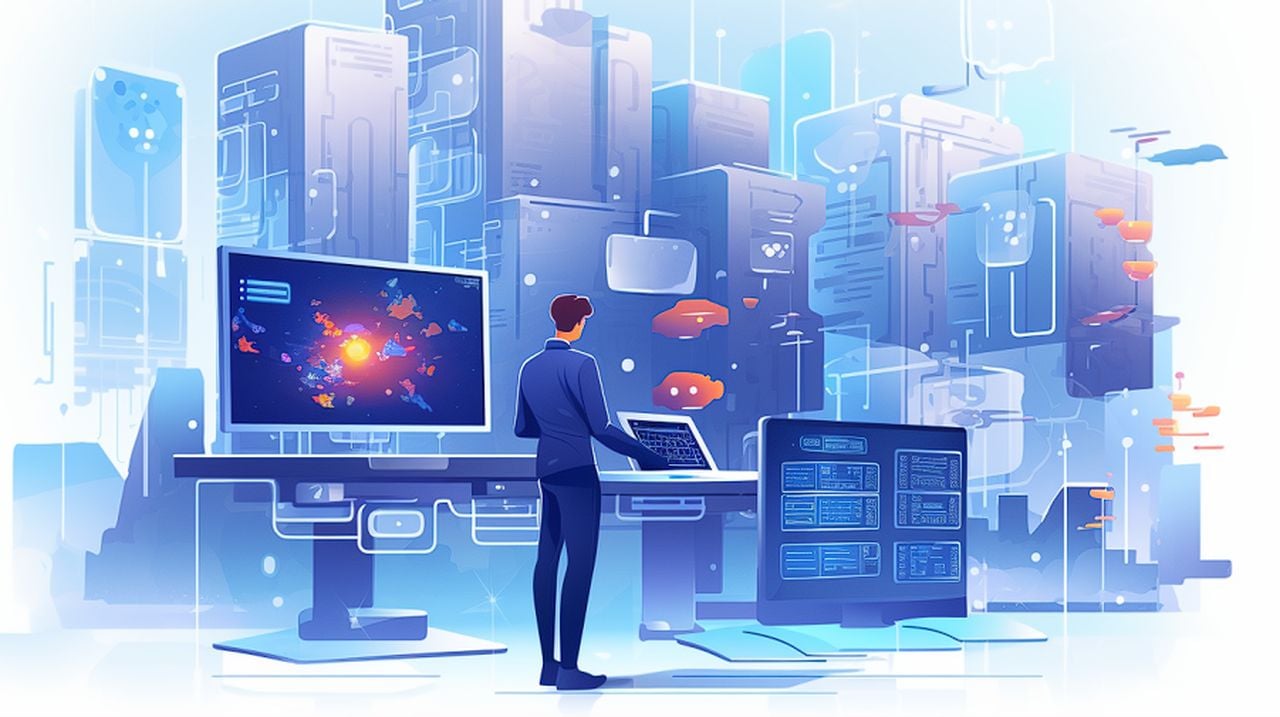
Have you ever wanted to create an automation capable of reading and understanding images and ultimately taking actions upon what it sees to help improve your productivity or business workflow? Perhaps upload a photo to your Google Drive, a system instantly kicks into gear, analyzing every detail of that image and setting off a chain of actions based on what it finds. This isn’t a glimpse into a distant future; it’s a reality you can create today using OpenAI’s ChatGPT Vision image analysis technology and Zapier’s automation platform. This guide will show you how to combine these powerful tools to streamline your workflow and make your digital life infinitely more efficient.
Thanks to the launch of ChatGPT Vision you can now create AI automations that can read and understanding images and deciding autonomously. To begin, you’ll need to get familiar with OpenAI’s API, which is a sophisticated tool that can dissect the contents of an image, spot patterns, and generate useful metadata. To harness this power, you’ll integrate the OpenAI API with Zapier. Start by securing an OpenAI account and obtaining your API key. Then, you’ll create a new “Zap,” which is what Zapier calls an automated workflow. This Zap will connect your Google Drive to OpenAI, setting the stage for the magic to happen.
Creating automations with ChatGPT Vision
The next step is to set up a trigger in Zapier. This trigger prompts the system to spring into action whenever you upload a new image to a specific Google Drive folder. To do this, you’ll select Google Drive as the trigger app and choose the “New File in Folder” option. You’ll need to pinpoint the exact folder you want to monitor and make sure Zapier has the permissions to access it.
Other articles we have written that you may find of interest on the subject of OpenAI’s new AI vision model which is available in ChatGPT and through its API system :
Once your trigger is in place, you’ll need to configure the action that calls upon OpenAI’s API. When the conditions for your trigger are met—meaning a new image has been uploaded—Zapier will send a request to the API. This request will include your API key and a data payload that contains the image URL from Google Drive, all formatted according to OpenAI’s specifications.
Supported image formats
It’s important to note that OpenAI’s API can work with several image formats, including PNG, JPEG, GIF, and WEBP. You’ll want to ensure that the images you’re uploading to Google Drive are in one of these formats. If they’re not, you’ll have to convert them before they can be analyzed. For OpenAI’s API to examine your images, the URLs must be properly structured. They need to be accessible to the API, which might mean changing the sharing settings in Google Drive to allow access. Additionally, the URLs must be encoded in a way that the API can recognize.
Permissions are key in this automation process. You’ll need to adjust your Google Drive sharing options to enable OpenAI’s API to retrieve and analyze the images. This might involve setting the images to “public” or sharing them with a service account that’s connected to the API. If you find that your images are not in a compatible format, you’ll need to convert them. This can be done manually, or you can set up an automated process within Zapier, which can use other apps or its own tools to get the images ready for OpenAI’s API.
Automating the process with Zapier
Testing your setup is an essential step. You should upload various images to your designated Google Drive folder and observe the Zap in action. This will trigger the analysis process. Pay close attention to the output from OpenAI’s API to ensure that the system is working as expected and that the analysis meets your needs. Maintaining the quality of your API-driven automation is crucial. You should regularly test your Zaps and keep an eye on the performance of the OpenAI API to ensure that the image analysis remains accurate and reliable. Be aware of any updates to the API or changes in the supported formats, and adjust your automation as needed.
By following this guide, you can create an advanced system that leverages the strengths of Google Drive’s image management, OpenAI’s analytical capabilities, and Zapier’s automation efficiency. Whether you’re using it for work or personal projects, automating image analysis with OpenAI through Zapier can free up your time and provide valuable insights. This allows you to focus on more strategic tasks and creative endeavors. With this setup, you’re not just optimizing your workflow; you’re unlocking a new level of productivity and insight that can transform the way you handle digital images.
Filed Under: Guides, Top News
Latest timeswonderful Deals
Disclosure: Some of our articles include affiliate links. If you buy something through one of these links, timeswonderful may earn an affiliate commission. Learn about our Disclosure Policy.

